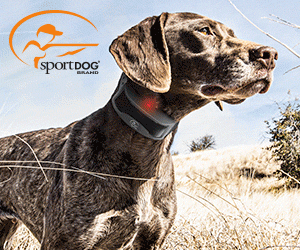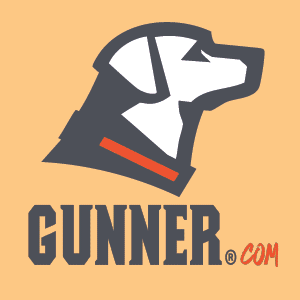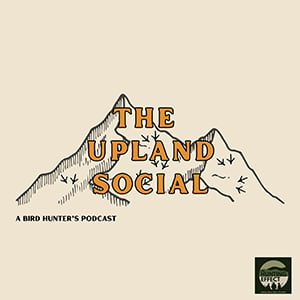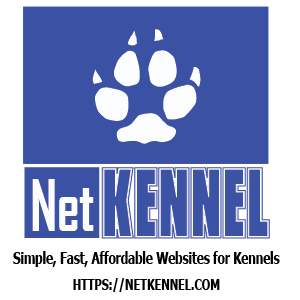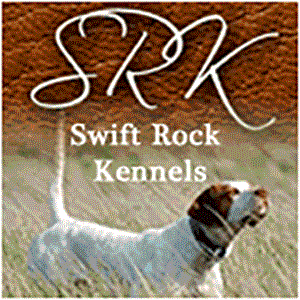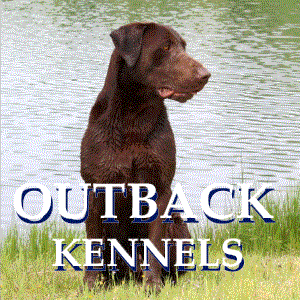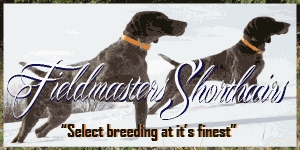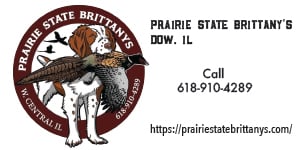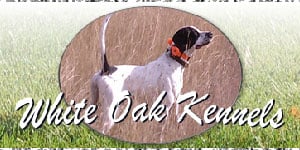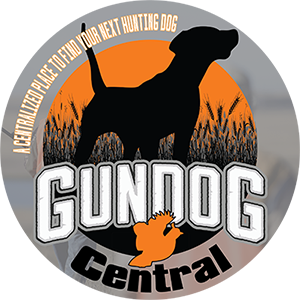Waterfowlers Glossary
Duck talk
Banded: In reference to a metallic band around a migratory bird's leg with alpha-numeric codes. Placed by the United States Fish and Wildlife Service or research groups for tracking and data gathering of populations. Neck collars and radio telemetry 'backpacks’ are other methods of ‘banding’ for research.
Blackhead: Drake Bluebill
Cotton Top/Bald Pate: Drake American Wigeon
Dark Geese: In reference to Canada geese.
Divers: Refers to the group of diving duck species such as: canvasbacks, redheads, bluebills, bufflehead, & ruddy ducks.
Drake: Male duck. Sometimes the term ‘bull’ in place of; such as a ‘bull pintail’ or ‘bull canvasback’.
Feed call: Term of cadence in calling to ducks mimicking the feeding chuckle sound.
Flare: When birds are looking and interested in your decoys and then pull up and out. Typically due to a number of reasons ranging from motion decoys (they don’t always draw them in) or someone peering up from the blind with their face not concealed.
Flocking: Refers to the texture added to decoys, on full body and silhouette decoys, in order to add ‘life-like’ quality and reduce the glare from sunlight.
Flyway: Refers to the Pacific, Central, Mississippi, and Atlantic migratory bird corridors to and from breeding grounds in the north, to wintering grounds in the south.
Fresh Birds: Birds that just migrated into the area; typically ahead of a cold front or temperature drop up north.
Full-bodies: Refers to three-dimensional decoys used in field hunting. ‘Floaters’ are floating full-body decoys.
Greenhead: Drake Mallard
Grass ducks: Grouping of shallow water puddle ducks including wigeon, pintails and teal.
Hen: Female duck
Highball: Term of cadence in calling to ducks at a distance.
Honker: Term for large Canada geese.
Humpback: In reference to generally all Browning A5s, but usually to the older Belgian made models.
Lawn darts: In reference to Mergansers for the sharp point of their bills.
Light Geese: In reference to all snow geese.
Locked Up: In reference to the bird or birds keyed on the decoys and calling that their wings are locked in preparation for landing. Also used as the term “cupped up” for the shape the wings make.
Puddlers: Refers to the group of puddle duck species such as: mallards, wigeon, shovelers, gadwall, wood ducks, pintail, black ducks, mottled ducks, Mexican ducks, green wing teal, blue wing teal, cinnamon teal.
Reverse Migration: In reference to birds migrating north in the Spring to the breeding grounds.
Sea Ducks: Refers to the group of sea duck species such as: common scoter, white wing scoter, asdf scoter, harlequin, old squaw/long-tails, and eiders.
Silhouettes: Refers to a cutout, two-dimensional style decoys commonly used in fields.
Specklebelly/Tarbelly: In reference to White-fronted geese.
Spread: Refers to the decoy set up. Also referred to as a decoy ‘rig’.
Spoonbill: Northern Shoveler
Sprig: Refers to the tail of a drake pintail.
V-boards: A style of floating silhouette decoys to the Chesapeake Bay and Atlantic Flyway.
Are there phrases or other definitions you have in your part of the country we should add to the list? Are there others that you and hunting friends hear around the marshes and timber? Certainly share them with us!
Related Aritlces
A Dog Day Morning
A season opening morning for young or experienced hunters alike can bring nerves of excitement. Add to the mix your dog’s first duck hunt and you aren’t going to get any sleep! Reasonable expectations and setting them up for a successful time afield is the only way to make sure you’ll both sleep soundly at night.
Old Friends
Your four legged friend is more than a hunting tool, but friend and family member. Even the hardest of souls crack when it is apparent that their hunting dog is slowing down and entering their final chapter. Growing up we had English Springer Spaniels and chocolate Labradors; chasing Valley Quail and waterfowl through the hunting seasons in the green Oregon valleys. During our Springer Jennifer’s final years, arthritis took hold but her drive to go hunting never diminished. She made sure she was always near the truck when it was time to go on any early morning, that short docked tail wagging furiously in her attempts to jump on to the tailgate, but ultimately not able to make it. The arthritis kept her short legs from making the jump despite repeated attempts that used to be effortless. Her eyesight was failing as well but her nose for flushing pheasants and tracking greenheads led the way.





